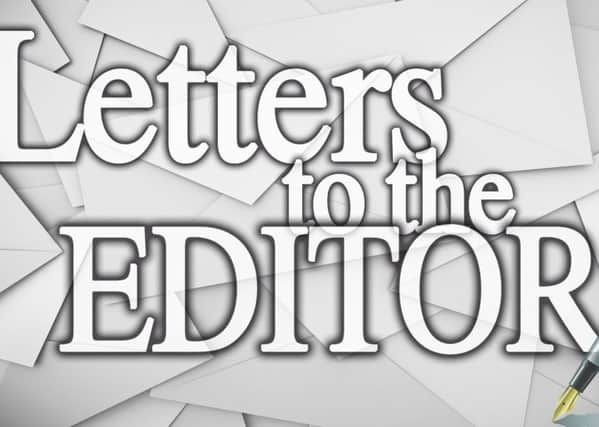Having only two options in a referendum skews the result


Data on what people do not want is not required.
So, no matter how many options are listed, the voter should always be positive: I want ‘y’, or your preferences are ‘z’ and ‘x’, whatever.
But first, a little history. In the wake of the Weimar Republic, Germany resolved not only to ban national referendums but also to allow an unscheduled change of government only on the basis of a constructive vote of confidence. So, if an MP wishes to oppose a current government, he/she has to propose an alternative; everyone has to be positive. (Majority voting, however, is still used in the regions and in parliament.)
Advertisement
Hide AdAdvertisement
Hide AdIn this spirit, any referendum on the EU should be based on at least three questions: do you want the UK (i) in the EU, (ii) in the EEA or (iii) independent. In like manner, New Zealand’s electoral reform referendum of 1992 gave voters a choice of five different voting systems.
Many politicians like to control things, so most countries still use majority voting. Thus, when France voted in relation to the EU in 2005, supporters voted ‘oui’ while others opposed voted ‘non’. But those who didn’t like President Jacques Chirac, or MacDonalds, or the prospects of Turkish accession, or je ne sais quoi, also voted ‘non’. So the ‘non’ vote was higher than it should have been.
In a nutshell, asking two-option questions on multi-option problems means the vote can be inaccurate.
Such was the case in the 2014 referendum in Scotland where, by reducing the three options ‘on the table’ to just two on the ballot paper, the vote for independence was also inflated.
Advertisement
Hide AdAdvertisement
Hide AdThe outcome of the 2011 referendum on electoral reform was also askew, not least because asking supporters of PR whether they wanted AV or FPTP was like asking a Moslem, “Are you a Catholic or a Protestant?”
‘Remain’ or ‘leave’ is not much different from ‘in-or-out’, ‘yes-or-no’. It is still ‘positive’ or ‘negative’.
The ‘leave’ vote, therefore, is likely to be higher than it otherwise would be.
Sadly, the Electoral Commission, which is responsible for looking at these referendum questions, refuses to consider multi-option voting.
Peter Emerson, Director, the de Borda Institute